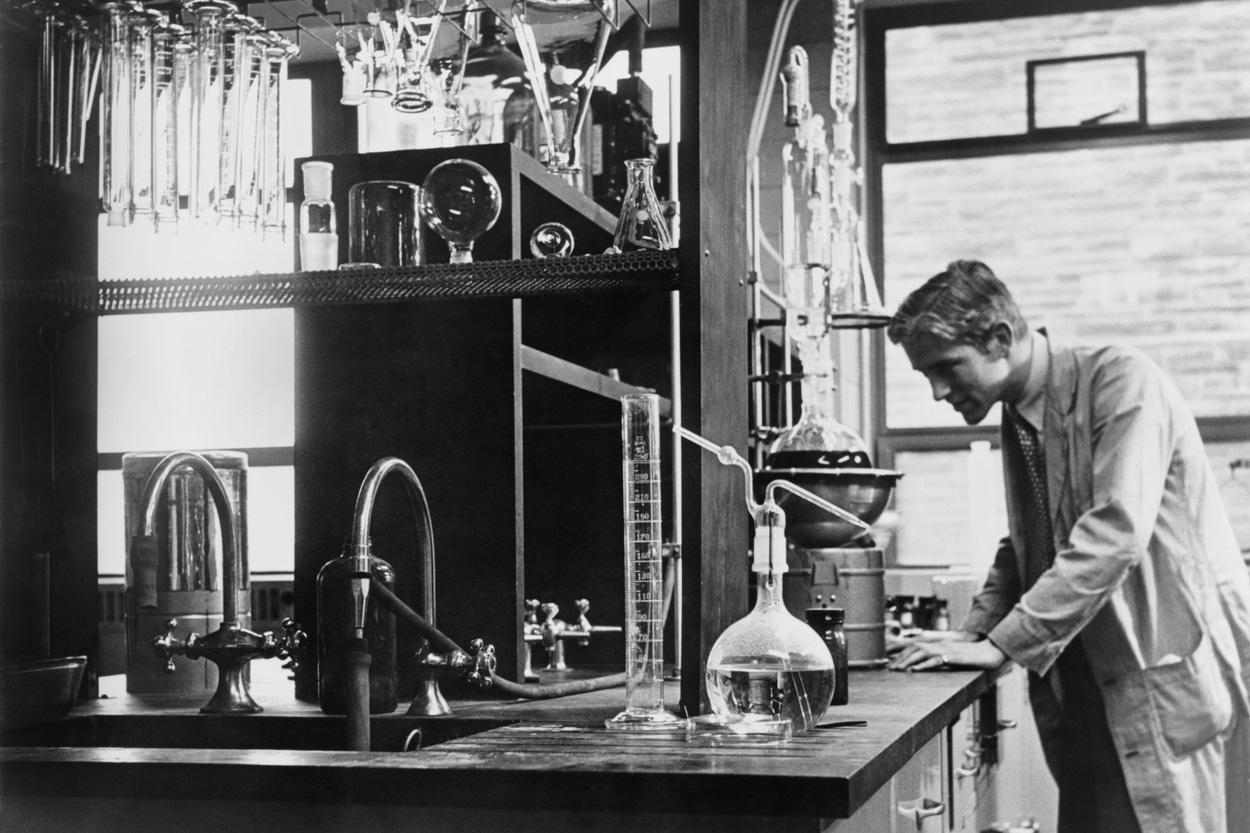While some may believe that cancer is a modern disease, it is actually not a new phenomenon. This disease has affected lives many years before conventional treatments were approved. In 2017, cancer was responsible for approximately 9.6 million deaths alone, even with the enhanced medical advancements that we have today. With that being said, can you imagine how many lives this disease cost prior to its discovery and scientific research? Out of all the different cancer types, breast cancer was one of the first documented by the ancient Egyptians. Since then, many scientific developments in the medical community have improved the prognosis of many breast cancer patients. Below is a historic timeline of breast cancer research and the progress that has been made to mitigate this terrible disease.
Breast Cancer Research Timeline
3,000 B.C.
460-370 B.C.
28-50 B.C.
130-200 A.D.
1713
1757
Mid-1800s
1882
1895
1898
1900
1930
1932
1937
1947
1949
1955
1976
1984
Present Day
Depending on the type of cancer and its stage determines the type of treatment that a practitioner or oncologist will recommend to the patient. At the end of the day, it is up to the patient on what treatment options they want to move forward with. At LifeWorks Wellness Center, we have assisted patients to successfully battle their breast cancer using less invasive forms of chemotherapy (like the IPT) for 23 years. Additionally, we’ve also used other methods such as peptides, intravenous therapies, ozone therapies, supplements, and dietary changes.
If you or someone that you know have been diagnosed with breast cancer and are interested in seeking alternative treatment, please call to schedule an appointment with a LifeWorks cancer specialist at 727-466-6789.
Helpful Cancer Resources
- Alternative Cancer Treatment - a page dedicated to treating cancer naturally.
- Alternative Cancer Treatment Testimonials - patient success stories overcoming cancer.
References:




